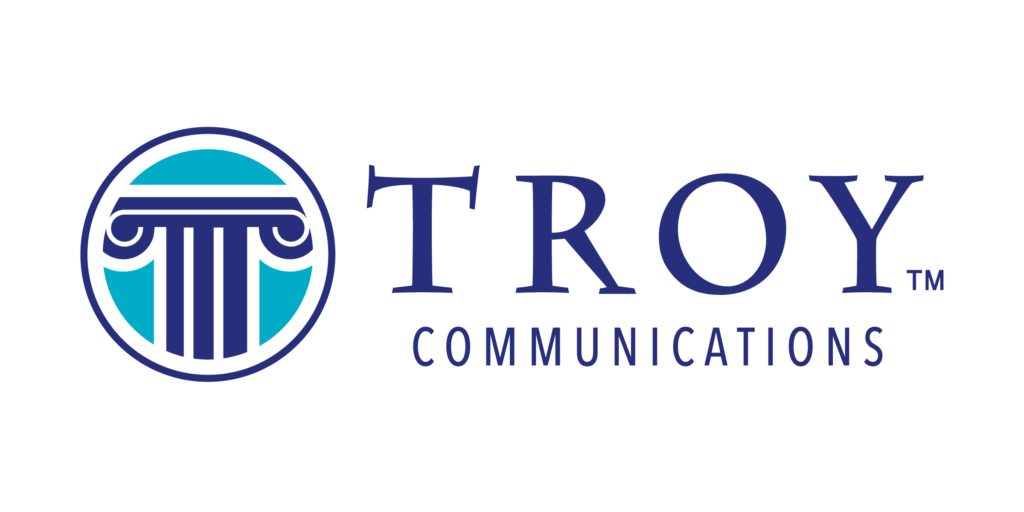By Tasha M. Troy
Since I was young, I’ve been fascinated by different cultures. I learned my first Spanish words when I was 6, and I’ve been going ever since.
Through college and my professional years, I have intentionally put myself in positions where I was in the minority – ethnically, culturally, linguistically – giving me the opportunity to learn about intercultural relationships first hand.
It hasn’t always been easy; I’ve made my share of mistakes and learned some difficult lessons. However, through keeping the attitude of a learner and humbly working to right my mistakes, I have learned some powerful keys to developing and maintaining meaningful personal and professional intercultural relationships.
Getting Started
The first step to understanding people from a variety of cultures is to learn about how cultures differ. However, there are several research-based models out there that portray cultural systems, and it might be hard to know where to start.
Through studies, travels, and experiences, I’ve come to see three elements of culture to be essential to get a basic understanding of any culture.
Time: How does this culture see the flow of time?
Cultural views of time are described in both the Hall and Trompenaars models of culture. There are a few different elements of time that can be highlighted – long-term vs. short-term orientation, past/present/future orientation, or linear vs. cyclical views.
If you want to understand people’s everyday decisions, I think the most useful element to focus on is linear vs. cyclical.
In the US (and most Western countries), time is seen as moving in one direction towards a particular end. This is where utopian and dystopian novels and movies come from. For example, the Star Trek T.V. shows and movies all portray a future global utopia where race is no longer an issue, disease is eradicated, and there is prosperity for all.
In contrast, in much of the world time is seen as cyclical, moving through repeating seasons. Ever see a movie where the ending implies the story is about to repeat itself? Jumanji is one that comes to mind; the final shot is a new family discovering the Jumanji game, and the story begins again. Or if you are a fan of the Wheel of Time novel series, this cyclical view of time is a major element of the overall storyline.
My Experience
In my own view of time, I have started shifting from a strongly linear to a somewhat cyclical view. Have you ever been on a diet? My dieting downfall has always been “office food” – when coworkers bring in tasty homemade treats. A linear view looks at office food as a one-time opportunity, which always derails my best intentions. I have begun looking at it as one of many opportunities, realizing that this isn’t my last chance to eat a brownie! This is a bit more cyclical view of time and opportunity.
How do you view time?
- I see life as a series of recurring events
- I see life as a journey towards a destination
Relationships: How are people expected to relate to each other?
In my opinion, how cultures prescribe the way people interact properly is one of the most visible differences between cultures. In particular, Hofstede’s model of cultural differences includes the concept of individualist vs. collectivist cultures, which I think is a foundational difference.
Many Western countries, and especially the US, focus on individuals. People are expected to take responsibility for their actions, and particularly in the US, children are expected to move out of their parents’ home at a certain age. This is such a strong element of American culture that is can be seen in every “coming of age” movie out there, from The Breakfast Club to The Dead Poet’s Society to The Perks of Being a Wallflower.
In many other countries, the focus is on communities and groups. Independence is deemphasized while responsibility for others is highlighted. I think in the US we had a bit more of a community focus in the past, especially in pioneer days when we only had the close-knit townsfolk to help in times of trouble. We also see this illustrated in many military movies where individuals make huge personal sacrifices for the sake of their division or platoon.
My Experience
When I lived in S. Korea, I had many experiences that demonstrated this cultural difference, but one stands out. One evening I was out with some Korean friends, and one member of the group had recently bought a new car. Instead of celebrating his purchase by showing off his car, he celebrated by buying dinner for all of us, around 15 people! This struck me as odd at the time, but it was a way for him to share his excitement over the new car with all of us.
How do you view relationships?
- I have to take responsibility for myself and my own actions.
- I have to take responsibility to make sure my friends and family are on the right track.
Worldview: How do you determine what is right and wrong?
There are so many different worldviews – Judeo-Christian, Buddhist, humanist – the list goes on and on. However, worldviews can be boiled down to three somewhat overlapping elements, sometimes called worldview lenses, based on what is the most necessary to live a good and moral life: innocence, honor, and power.
Because I see the greatest impact of innocence and honor on individual decisions, I will focus on just these two elements.
Western cultures often embrace an “innocence – guilt” worldview, and I believe this is the basis for a “rule of law.” If you follow the rules and obey the law, you are innocent and can become successful. If you don’t, you are guilty and must take steps to remove your guilt. The concept of justice is very important, even if it’s only poetic justice. The Superman movies illustrate this worldview; Superman never kills his enemies, but he finds ways for the justice system to take its course.
In much of the world, the “honor – shame” worldview is predominant. Rules and laws are intended to keep relational harmony, and therefore they can be bent or broken if a relationship is threatened by them. When you act in a way that damages the peace of the group, you become shamed, and everyone close to you shares your shame. Your actions are a reflection on all who are associated with you. Steps must be taken to restore not only your own honor but also the honor of your family and friends. One novel/ movie that illustrates this is The Count of Monte Cristo, the story of how a man takes vengeance on those who have wronged him, thus restoring his honor.
My Experience
Korean culture is decidedly an honor-based culture. As an example, in Korea divorce is still considered a major failing for a family. The fact of a divorce is kept hidden and quiet, so no one really knows about it outside the family. However, the children from divorced families have no outlet, no opportunity to deal with their own emotional wounds. There were several times a Korean friend confided to me that their parents were divorced, finding in me as an American a safe confidante and someone who could relate to their painful experiences.
What is your worldview?
- It is important to me to keep out of trouble.
- It is important to me to keep everyone happy.
Next Steps
If you now realize that cultural differences may be at the root of some of your misunderstandings, I have prepared a couple free resources for you to help you start identifying where you stand in relation to these three elements of culture, and thus begin to understand those around you better as well.
- Sometimes it’s hard to know where to start. If you would like to go deeper on this topic, I hold free exploratory coaching sessions on Fridays. You can register online at Troy Communications or email me to schedule an appointment at TMTroy@TroyCommunications.Net
- If you enjoyed this article and would like to receive these monthly posts in your inbox, you can subscribe at Troy Communications Blog.
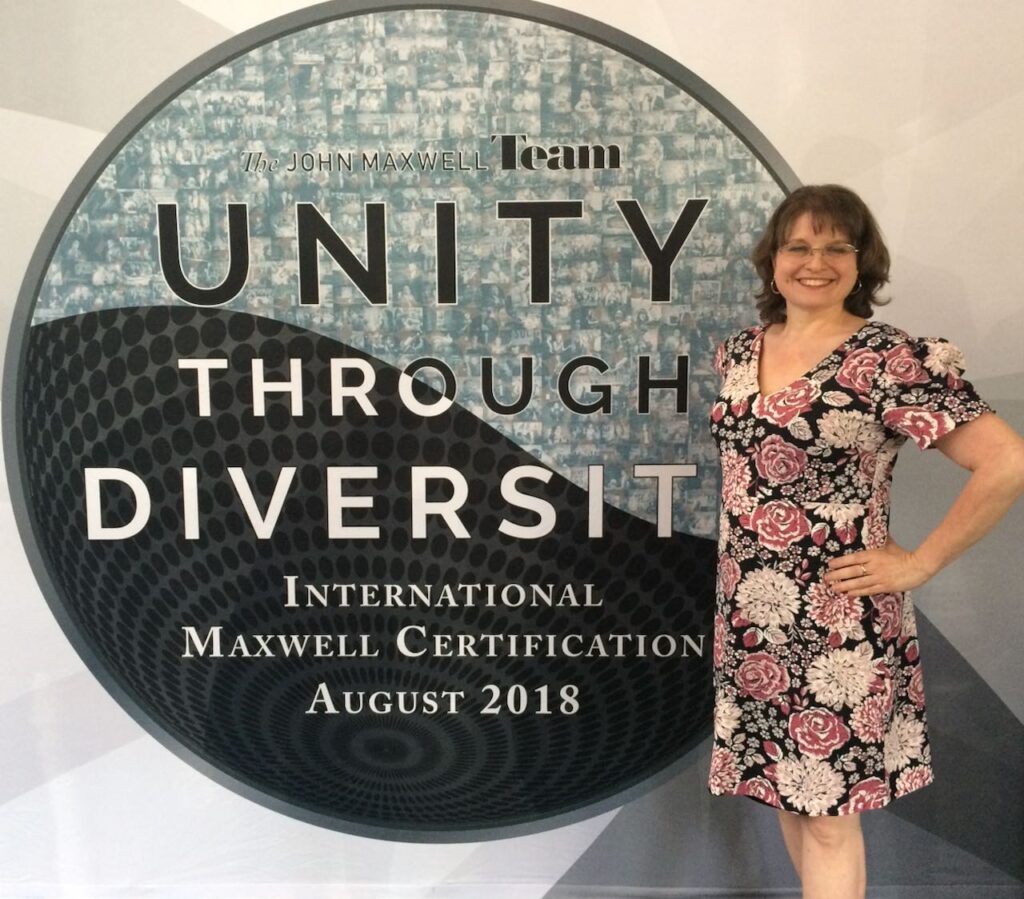

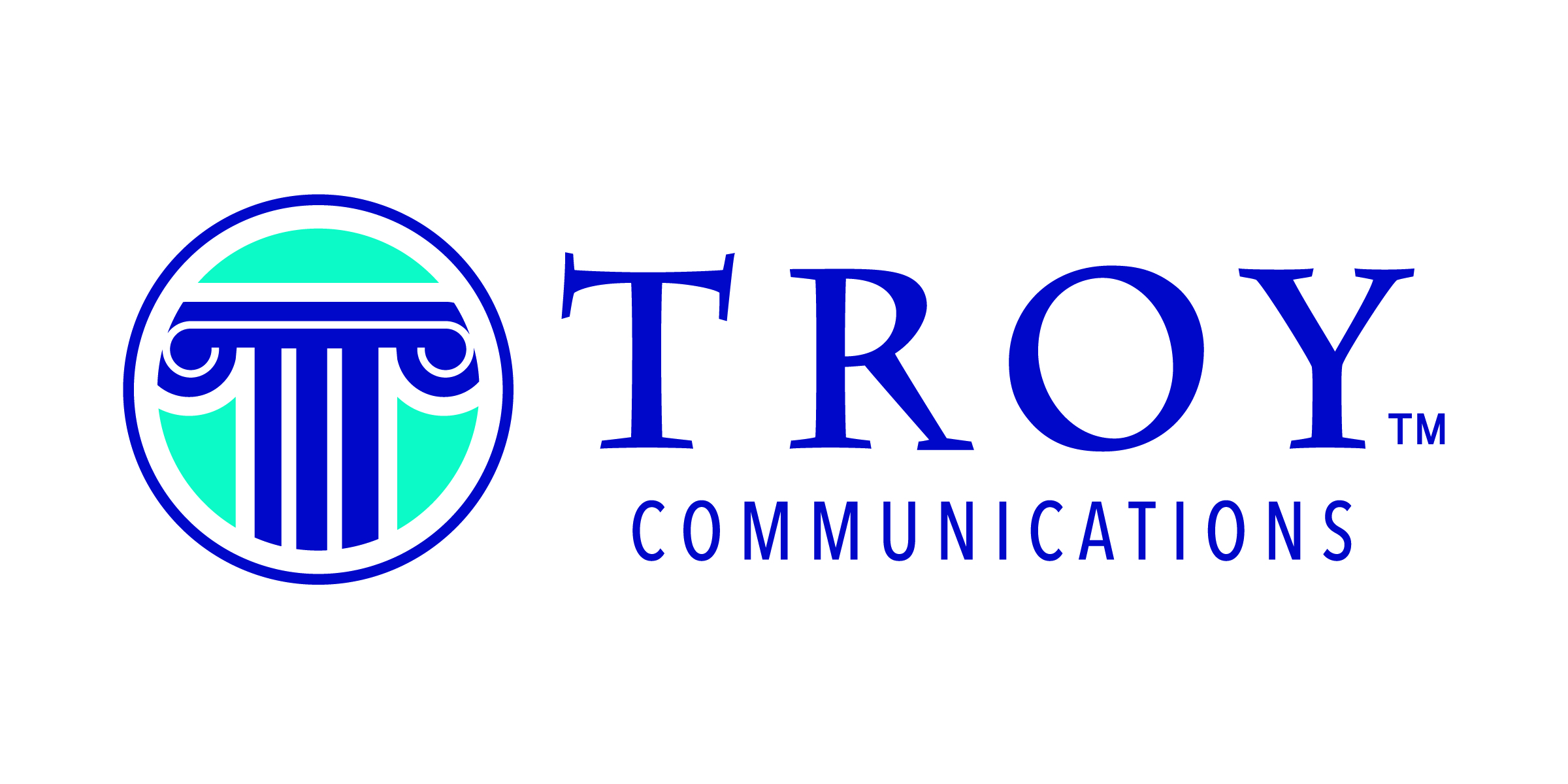
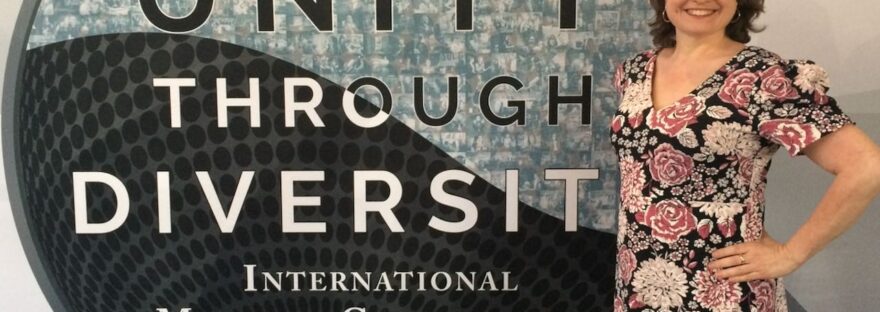







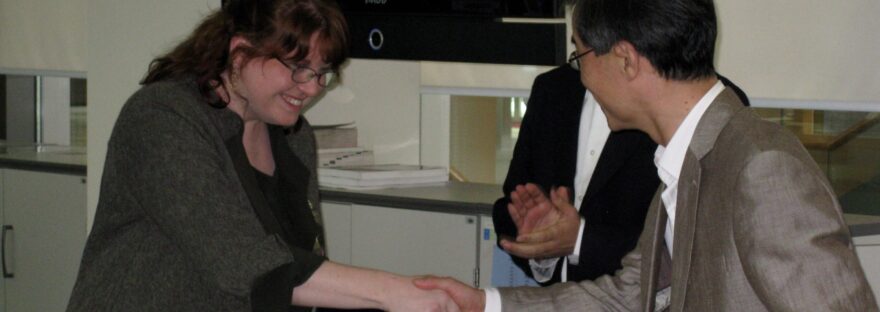
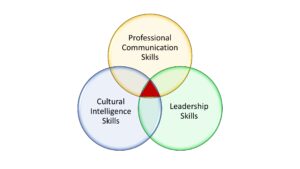 The answer to each of these questions is “YES!” Modern leadership of any sort is becoming more demanding. Position is not enough. You need a whole suite of skills. Our focus at Troy Communications is at the intersection of each of three distinct fields: professional communication, leadership, and cultural intelligence.
The answer to each of these questions is “YES!” Modern leadership of any sort is becoming more demanding. Position is not enough. You need a whole suite of skills. Our focus at Troy Communications is at the intersection of each of three distinct fields: professional communication, leadership, and cultural intelligence.

